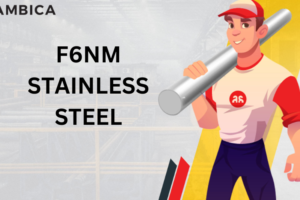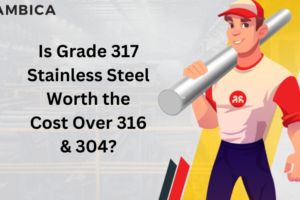
Material science is an interdisciplinary field of engineering and designers, innovating recent objectives in the development of metallurgy. The science of metallurgy enlightens the depth of knowledge about alloys and… Read more
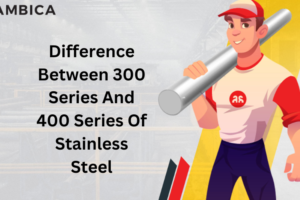
The lucrative nature of Stainless steel can be entrusted to its beauty and properties. With the availability of more than 250 types, a myriad of applications is developing every day.… Read more
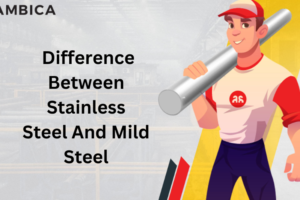
Steel is an integral, classified, and essential material in the evolution of the industrial world. Varying from Carbon steel to Stainless Steel, numerous types and grades are procured around the… Read more
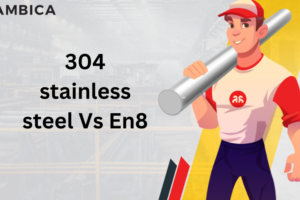
The economy, employment, and steel are inter-related. Steel has impacted the world. The global wealth is investing and flourishing. Steel has two major classifications of carbon steel and stainless steel.… Read more
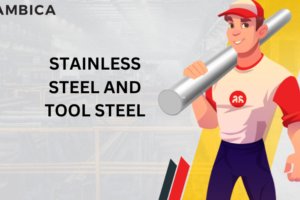
Steel is an expansive term. It is a central composition of iron and carbon. Steel has two popular sub-groups that is tool steels and stainless steel. Both share some common… Read more
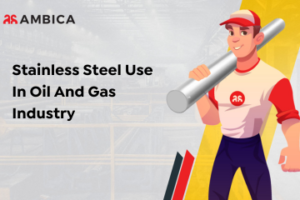
The steel industry leads to a healthy economy worldwide. Expansion and globalization lead to several paths of growth for the stainless steel industry. Stainless steel is a core and integral… Read more

Due to coronavirus, many industries in China are shut down. As of result, Indian industries like pharmaceuticals, electronics, and automobiles also affected. China exports raw material and other components to… Read more

